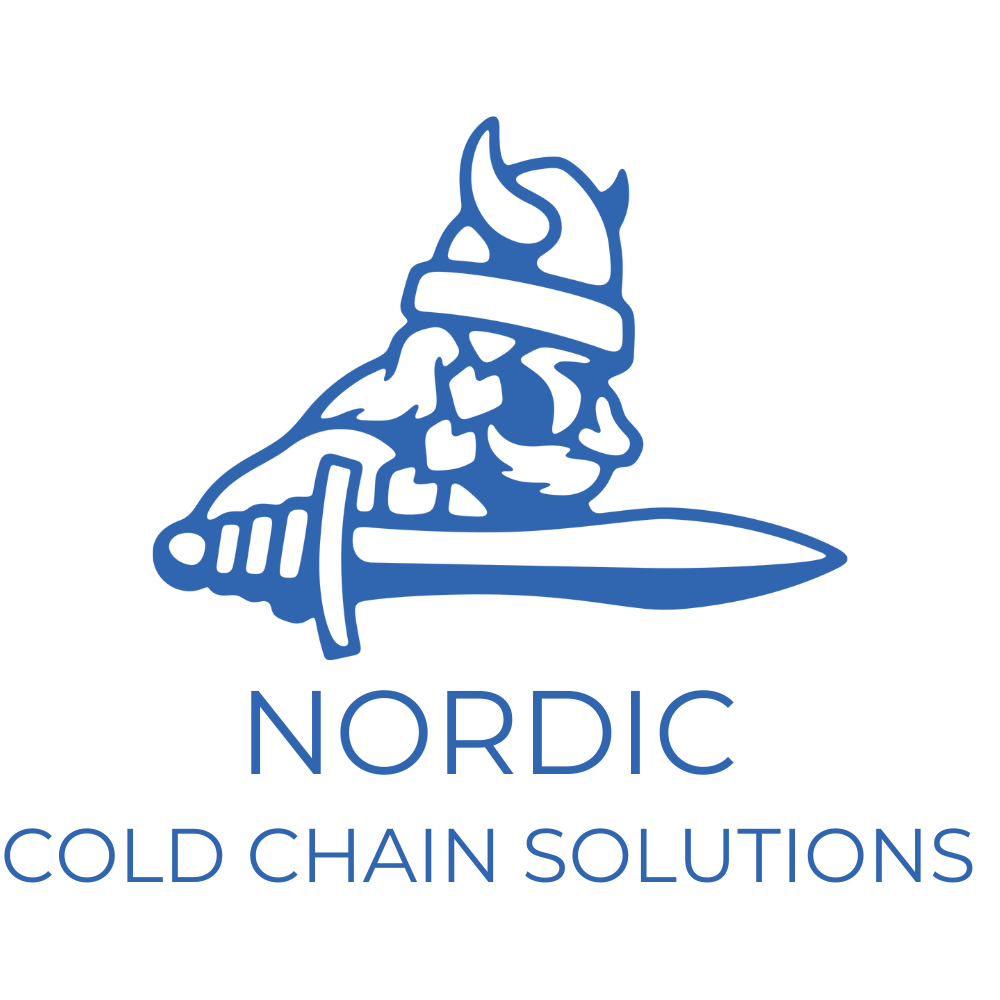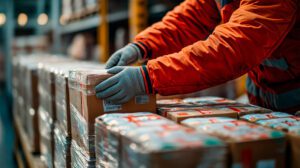Whether you are developing a meal delivery business or interested in shipping a family member seasonal desserts, shipping food that needs to be frozen isn’t an easy task. A cold chain logistical solution for products that require below-freezing temperatures can look very different depending on the size and quantity of the shipment.
For short-duration travel of small quantities of product, molded EPS coolers and cotton liners are a cost-effective solution. They’re ideal for shipments ranging from 24 to 48 hours and for small quantities, such as sample sizes of frozen goods or consumer-ordered products. Both of these shipping options are easily disposed of once the product reaches its final destination, passing no extra work on to the buyer.
For smaller shipments that require longer duration travel, PUR shippers are ideal for the process. These shipping boxes can withstand long-duration travel. The interior polyurethane cooler box keeps the product frozen, while the outer corrugated box keeps the product protected from the elements during travel.
For large quantities of products, pallet shippers are the best way to transport these items. Pallet shippers are used to transport products from a warehouse to a retail location with a less than three-day travel duration. For added protection, pallet shippers can be fitted with a pallet cover if extreme exterior temperatures are expected.
The idea of shipping frozen food can be overwhelming, but there is a solution to every problem. For small shipments of short duration, cotton liners and molded EPS coolers are the best solution, while pallet shippers are available for larger shipments. If the options for quality shipping are overwhelming, you can speak with a cold chain shipping expert, and they can help you develop solutions for your products and your business.







